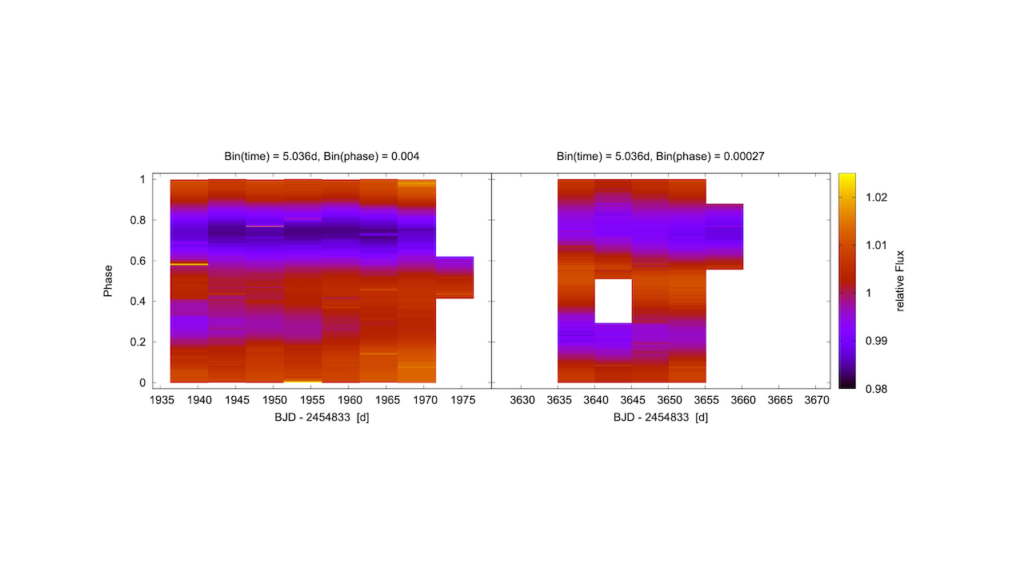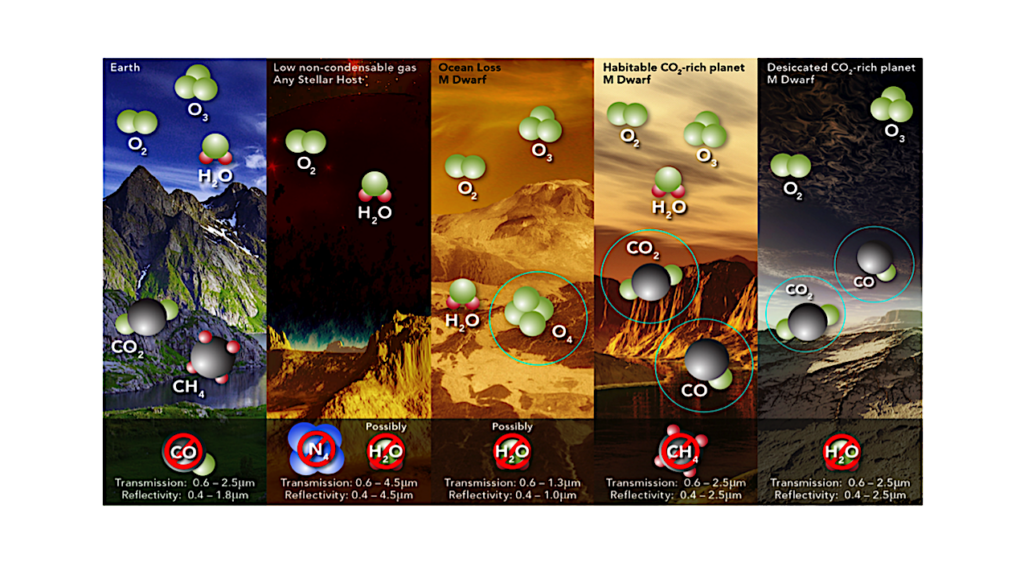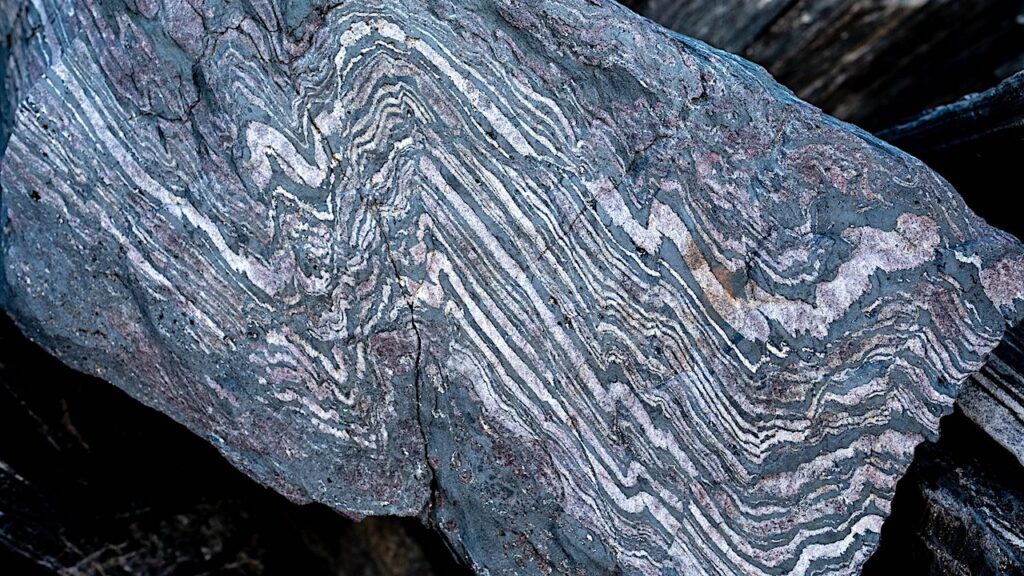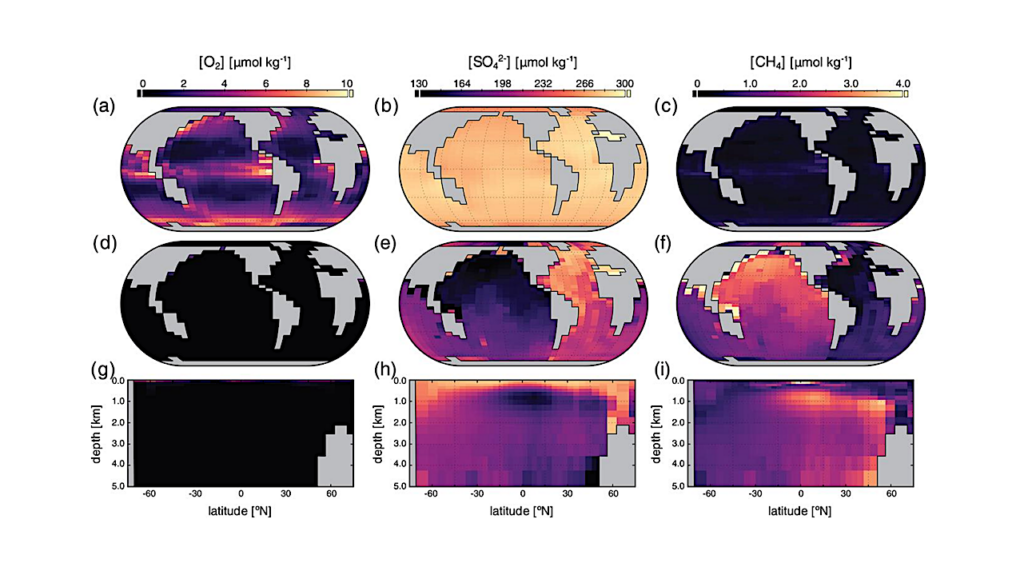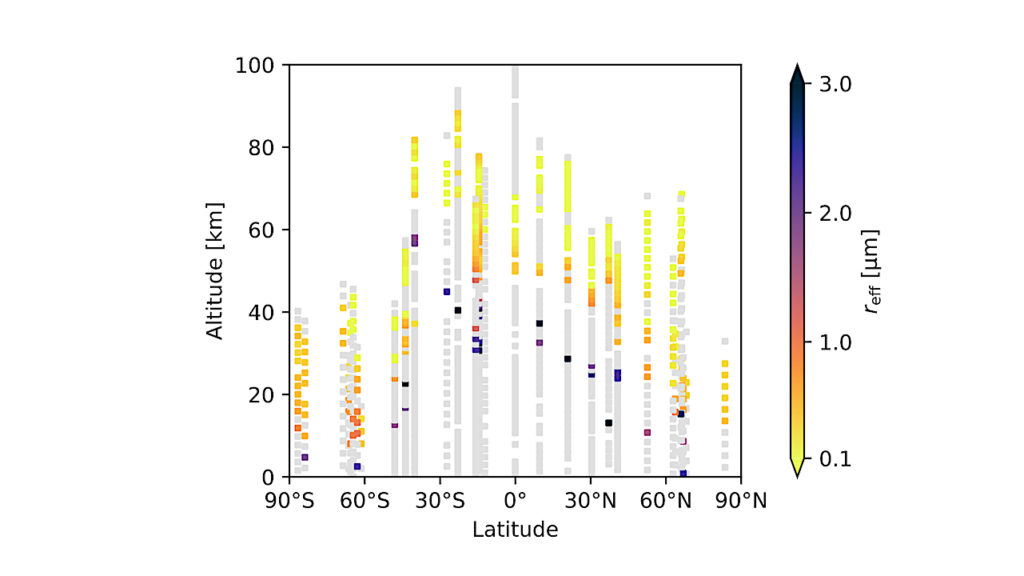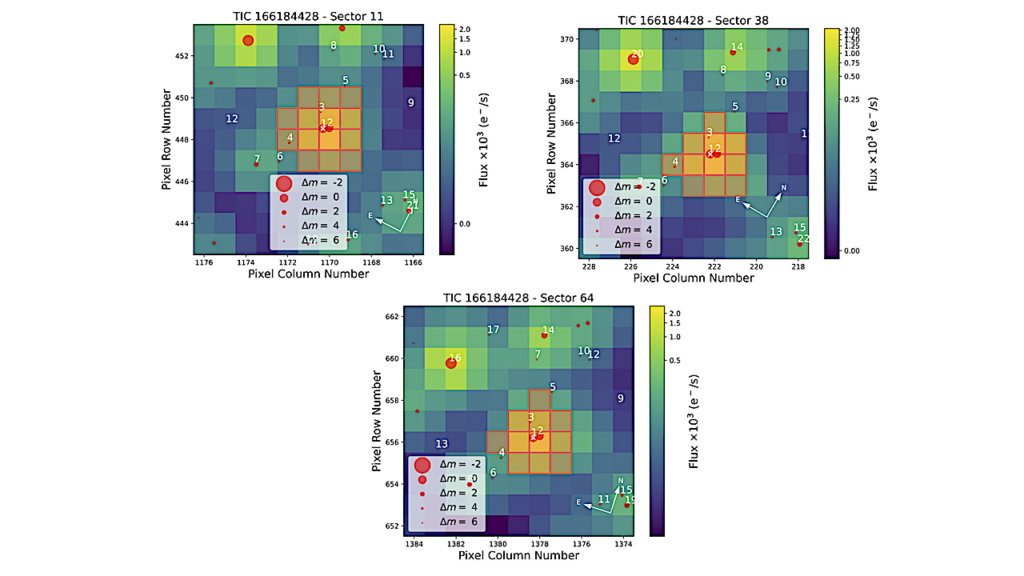Methane in Analogs of Young Directly Imaged Exoplanets

We present detections of methane in R of 1300, L band spectra of VHS 1256 b and PSO 318.5, two low gravity, red, late L dwarfs that share the same colors as the HR 8799 planets.
These spectra reveal shallow methane features, which indicate VHS 1256 b and PSO 318.5 have photospheres that are out of chemical equilibrium.
Directly imaged exoplanets usually have redder near infrared colors than the eld-age population of brown dwarfs on a color magnitude diagram. These objects along the L to T transition show reduced methane absorption and evidence of photospheric clouds. Compared to the H and K bands, L band (3μm – 4μm) spectroscopy provides stronger constraints on the methane abundances of brown dwarfs and directly imaged exoplanets that have similar e ective temperatures as L to T transition objects.
When combined with near infrared spectra, the L band extends our conventional wavelength coverage, increasing our understanding of atmospheric cloud structure. Our model comparisons show relatively strong vertical mixing and photospheric clouds can explain the molecular absorption features and continua of VHS 1256 b and PSO 318.5. We also discuss the implications of this work for future exoplanet focused instruments and observations with the James Webb Space Telescope.
Brittany E. Miles, Andrew J. Skemer, Travis S. Barman, Katelyn N. Allers, Jordan M. Stone
(Submitted on 10 Oct 2018)
Comments: accepted to ApJ
Subjects: Earth and Planetary Astrophysics (astro-ph.EP)
Cite as: arXiv:1810.04684 [astro-ph.EP] (or arXiv:1810.04684v1 [astro-ph.EP] for this version)
Submission history
From: Brittany Miles
[v1] Wed, 10 Oct 2018 18:00:08 GMT (1663kb,D)
https://arxiv.org/abs/1810.04684
Astrobiology


